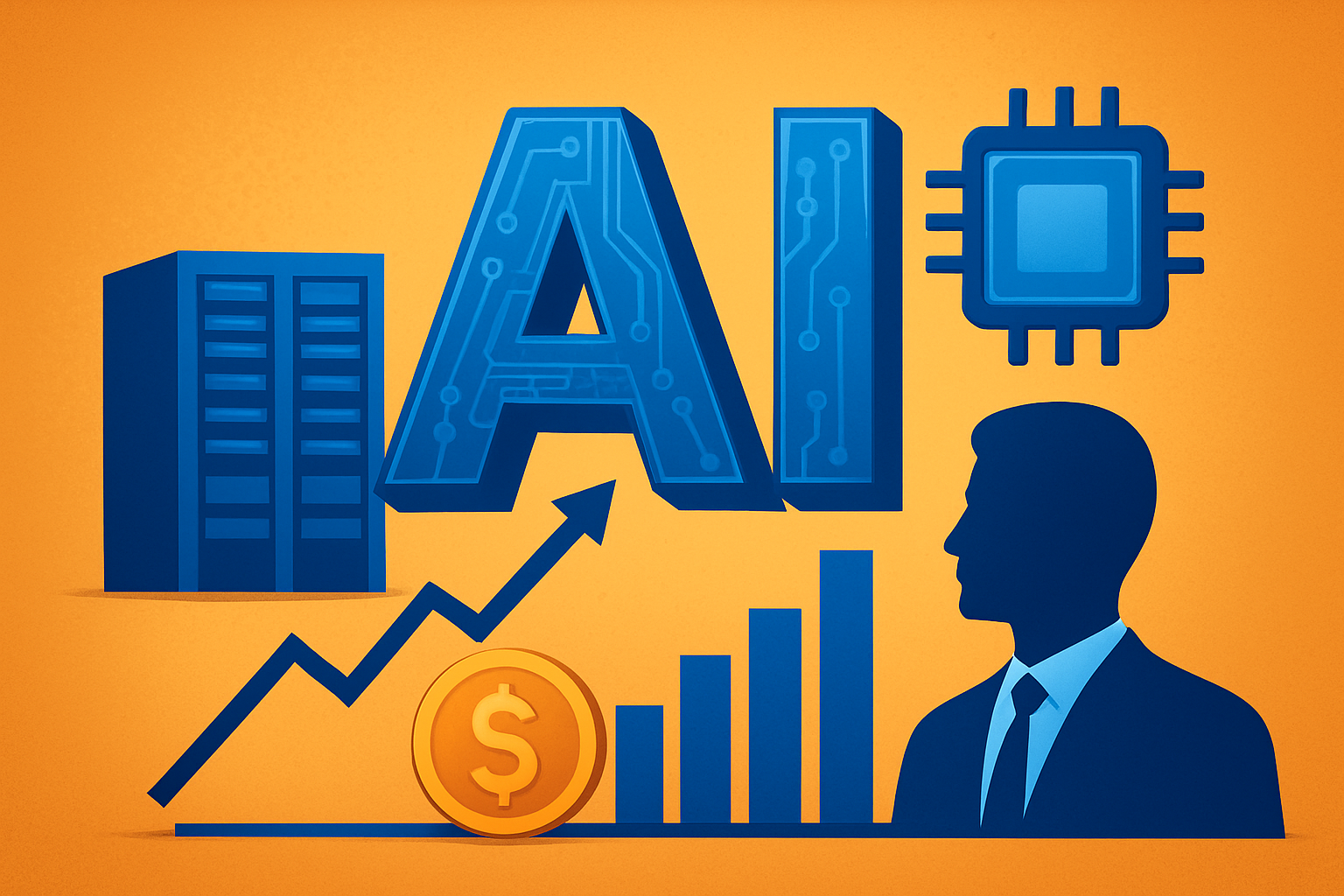The artificial intelligence (AI) boom is rewriting the investment landscape at a speed few could have anticipated. In a new forecast, Citigroup projects AI-related infrastructure spending to surpass $2.8 trillion through 2029, up from its earlier estimate of $2.3 trillion. The revision comes amid a wave of accelerated capital expenditures from hyperscalers and enterprises racing to embed AI into their operations, signaling that the “AI arms race” is intensifying faster than Wall Street expected.
AI Spending Becomes the Core of Tech Strategy
For investors, the implications are clear: AI is no longer a speculative play—it is becoming the backbone of technology spending. According to Reuters, Citigroup analysts point to rapidly rising capital commitments across data centers, AI accelerators, chip fabrication plants, and software platforms as evidence of a structural shift.
This trend aligns with broader market sentiment. In recent months, big tech names such as Microsoft ($MSFT), Alphabet ($GOOGL), and Nvidia ($NVDA) have each highlighted escalating AI-related capex in their earnings calls. McKinsey has also estimated that AI could contribute up to $4.4 trillion annually to global productivity by 2030, further reinforcing why companies are prioritizing these investments.
Why This Matters for Investors
The scale of this forecast matters because it establishes AI infrastructure as a defining theme for the next investment cycle. AI adoption is no longer concentrated in Silicon Valley—it is expanding across industries including finance, healthcare, manufacturing, and logistics.
- Capital Allocation Shift: Investors should expect a significant portion of corporate IT budgets and global venture capital flows to continue funneling into AI infrastructure.
- Pressure on Margins: While this surge is positive for suppliers and enablers of AI technology, the heavy upfront investments may weigh on free cash flow for tech giants in the near term. Firms with stronger balance sheets and capital flexibility are best positioned to manage this pressure.
- Ecosystem Effects: Demand is not just about chips—it cascades across the ecosystem, from semiconductors and cooling systems to cloud software and fiber optic infrastructure. Companies positioned in these secondary plays may deliver outsized returns.
Future Trends to Watch
- Hyperscaler Guidance: Investors should pay close attention to quarterly guidance from Amazon ($AMZN), Microsoft, and Google. Their disclosures on capex commitments will serve as leading indicators of where AI adoption is accelerating.
- Semiconductor Demand: The forecast suggests continued tailwinds for chipmakers like Nvidia, AMD ($AMD), and Taiwan Semiconductor Manufacturing Co. ($TSM). Goldman Sachs recently noted that AI chips could account for more than 30% of semiconductor revenues by 2027.
- Data Center Expansion: Real estate investment trusts (REITs) specializing in data centers, such as Equinix ($EQIX) and Digital Realty ($DLR), may experience increased demand for capacity as enterprises and cloud providers scale up.
- Energy Consumption: AI infrastructure is energy-intensive. Utilities and renewable energy providers are likely to see rising demand from power-hungry data centers, adding another angle for investors looking to diversify into energy.
Key Investment Insight
The AI megatrend is shifting from narrative-driven hype to capital-backed reality. Investors should consider exposure to companies embedded deep within the AI supply chain, while also being cautious of near-term margin pressures. A diversified strategy spanning semiconductor manufacturers, data center REITs, and hyperscaler leaders could balance risk with upside potential.
Citigroup’s revised forecast underscores the urgency: with trillions set to flow into AI infrastructure by 2029, the winners will be those who can adapt early and identify the key players in this new era of technology spending.
Stay ahead of the curve with MoneyNews.Today—your trusted source for daily insights at the intersection of markets, technology, and investment strategy.





